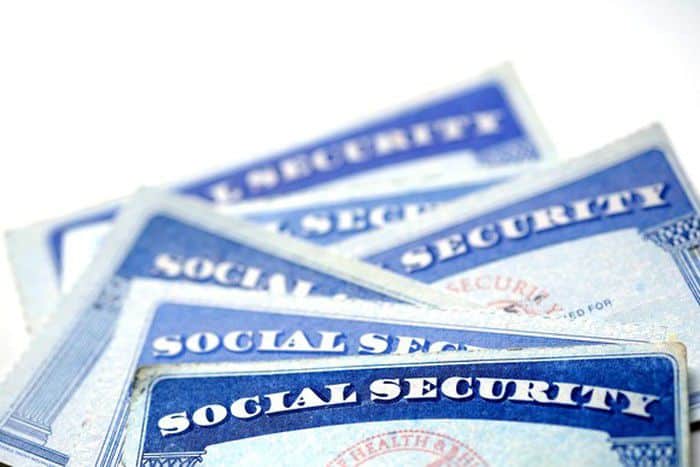
Some investors look for income by buying dividend stocks that will pay them just for being shareholders. Others look for value by gobbling up stocks trading at depressed valuations. Some investors look for both.
While it’s not easy to find high-yield stocks that are undervalued, they do exist. Two such companies that fit the bill in early 2020 are WestRock (NYSE:WRK), a leader in paper-based packaging, and energy giant Royal Dutch Shell (NYSE:RDS-A) (NYSE:RDS-B). Can these two dividend stocks shake off their recent struggles and break out in the new year?
Will this rally continue or fade out?
Shares of WestRock lost over half of their value from their peak at the beginning of 2018 to the recent trough in the second half of 2019. The stock’s gradual decline and the company’s continued dividend increases pushed the annual dividend yield to 5%, which prompted investors to rush in to capture the opportunity.
Although shares have gained 24% since the beginning of September and the annual dividend yield is “only” 4.4% right now, WestRock still appears undervalued. Shares trade at 0.94 times book value, which means they would have to rise 6.4% just to be fairly valued against the balance sheet. That may not seem like a steal, but investors shouldn’t necessarily peg the value proposition to book value alone.
For one thing, WestRock is well-positioned to benefit from positive trends in demand for paper-based packaging. Consumer-facing companies in industrialized nations are increasingly turning away from plastic packaging and toward fiber-based solutions, helping the company reach an annual revenue run rate of $100 million for plastic-replacement sales at the end of September. It’s a multibillion-dollar growth opportunity that expands exponentially if China and India (responsible for the overwhelming majority of the world’s plastic waste) follow suit this decade.
For another thing, WestRock is well-positioned financially. Perhaps the most notable risk is that the business carries a relatively high level of goodwill and intangible assets on its balance sheet after completing a slew of acquisitions over the years, but the business has captured value from each. The company has generated at least $1.2 billion in operating cash flow for four consecutive years, including a record $2.3 billion in fiscal 2019. It also reduced total debt by $757 million in the nine months that ended in September, although debt reduction remains a priority.
If the company can continue to realize potential from plastic replacements, achieve its annual run-rate synergy cost savings of $200 million in 2021 related to the KapStone acquisition, and continue to pay down debt in a shareholder-friendly manner, then investors with a long-term mindset should be rewarded.
Making the most of difficult energy markets
After energy prices collapsed in 2016, many energy supermajors responded by off-loading underperforming assets, focusing on returns instead of production volumes, and investing in only the most lucrative long-term opportunities. Royal Dutch Shell took that a step further by outlining a long-term strategy to maintain its leadership position as global consumption of liquid fuels gradually stagnates.
First, the energy giant will aim to stabilize its core upstream production assets to prioritize cash generation and operating efficiency. Royal Dutch Shell is aiming to achieve average breakeven prices of $30 per barrel for crude oil assets, and a similarly comfortable margin on natural gas projects.
Second, Royal Dutch Shell is doubling down on its energy transition themes: oil products, chemicals, and natural gas. It can capture those opportunities by leveraging existing refinery and gasification infrastructure, and bolstering its footprint in key areas, such as expanding in lockstep with the coming tidal wave of liquefied natural gas (LNG) production. This portfolio of assets could generate 56% of organic free cash flow by 2025.
Third, the supermajor has begun investing in electricity-generation assets and electric utilities, although they remain a more distant opportunity with smaller expected contributions in the near term.
If Royal Dutch Shell hits the mark with ongoing operating-efficiency projects and continues investing in energy transition assets, it expects to generate $35 billion in organic free cash flow in 2025. The business also expects to return as much as $125 billion to shareholders in the form of dividends and share buybacks from 2021 to 2025.
Of course, that all assumes the company executes, and that crude oil prices average $60 per barrel (they averaged $64 per barrel in 2019). But early progress against strategic initiatives and the general lack of interest from Wall Street suggest that patient investors could be rewarded — all while collecting a handsome 6.3% dividend yield.
























